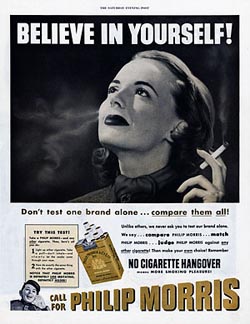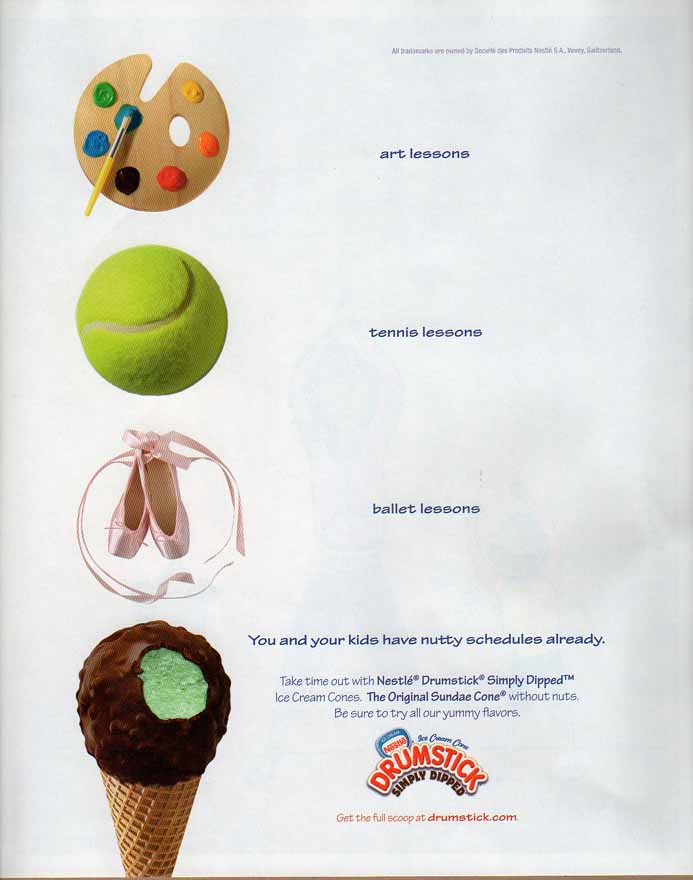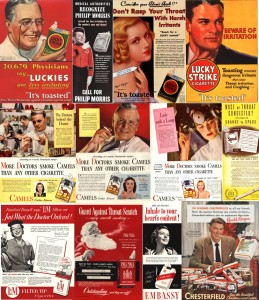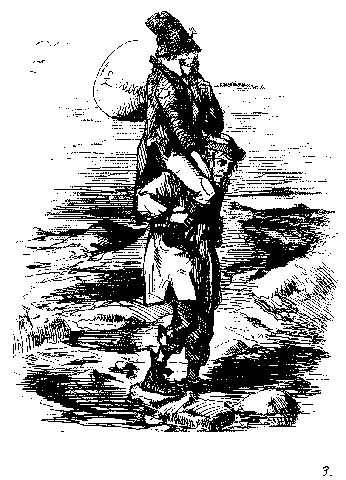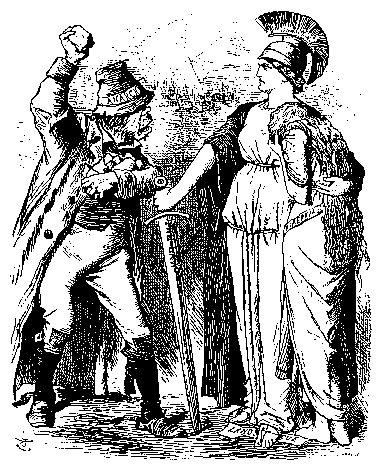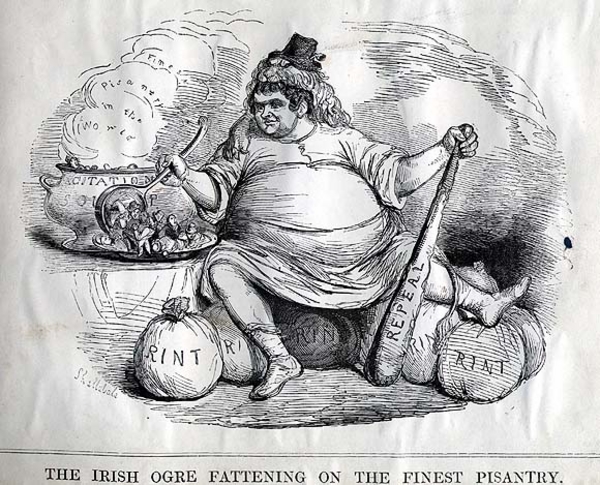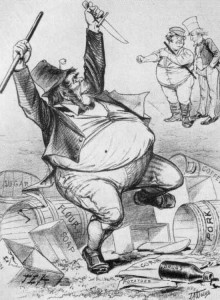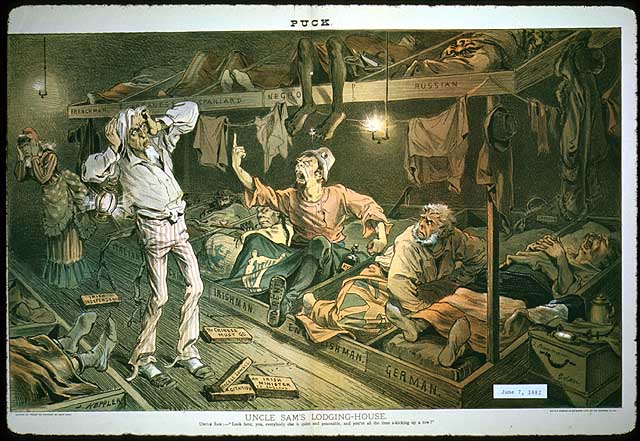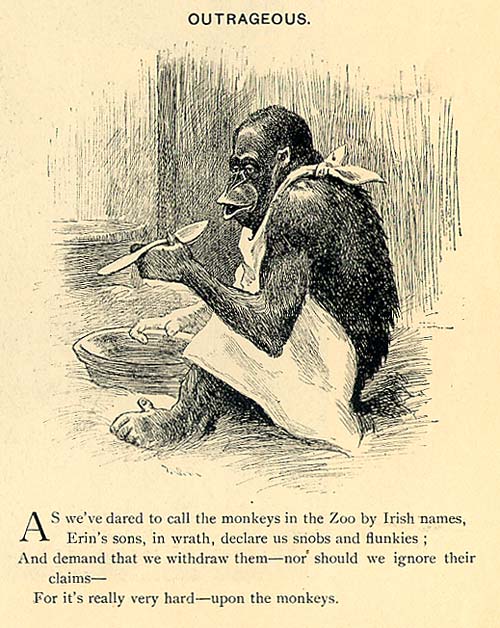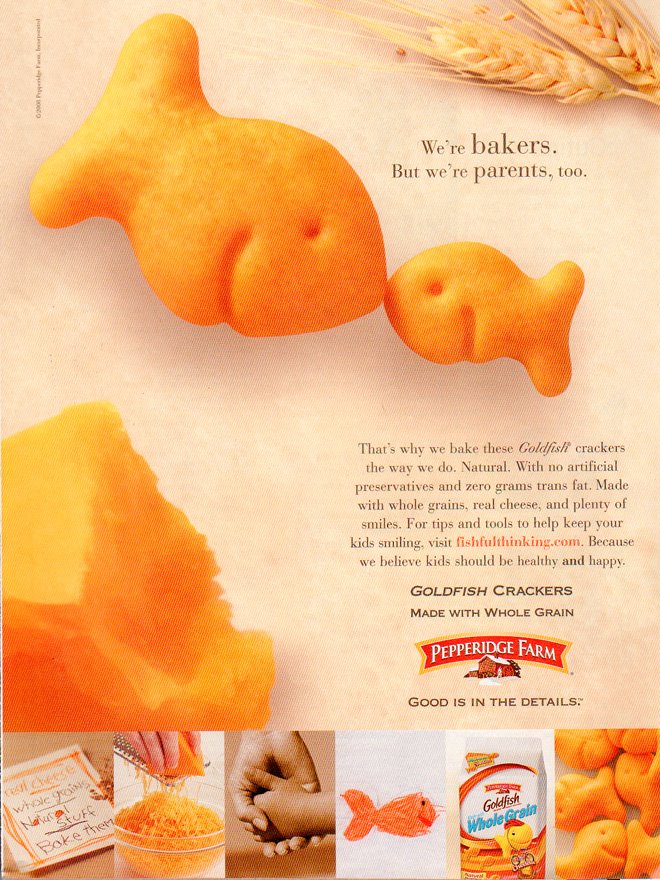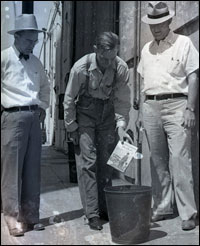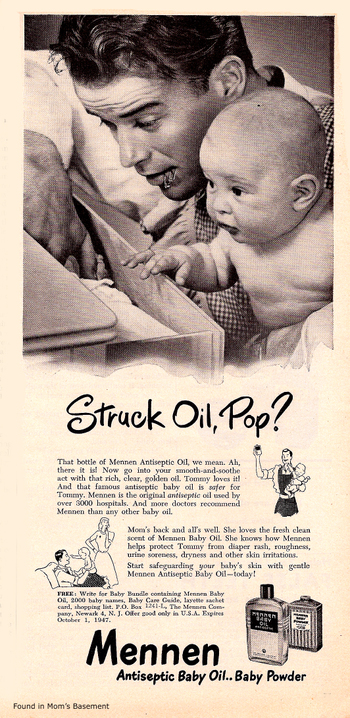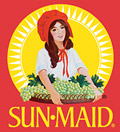This New York Times article discusses the cigarette industries co-optation of nascent feminism. Hat tip to Jezebel, where Sadie writes:
In the early 20th century, smoking was regarded as unladylike. In the 1920[s], realizing they were missing out on millions of potential customers PR expert Edward Bernays encouraged the American Tobacco Company to play on women’s nascent sense of modern independence… and the smoking feminist was born!
Also in co-opting feminism: make-up, more make-up and, of course, botox; cars and bras; more cigarettes; cleaning products, eyeglasses, and pants; diamond rings; credit cards, cigarettes, and cars; easing kitchen duty; and fashion (I think).

